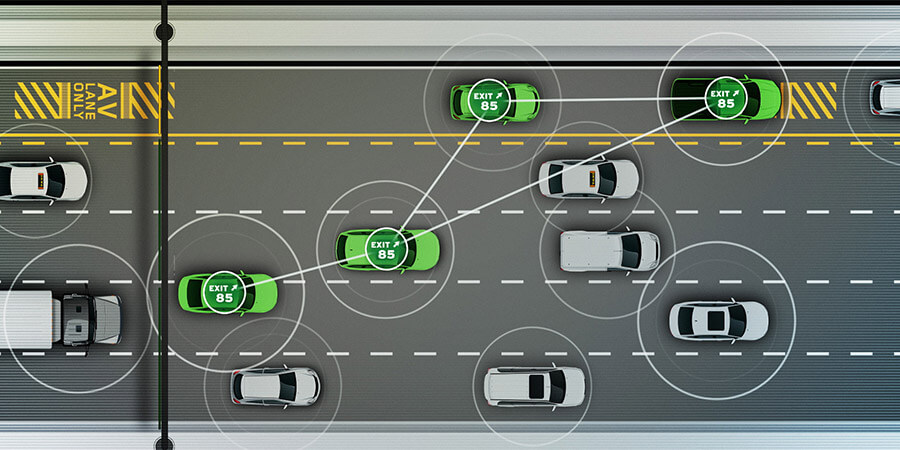The Next Generation Mobile Networks (NGMN) Alliance - which drives and guides the development of all future mobile broadband technology with a focus on 5G - published its V2X (cellular vehicle to everything) white paper containing the findings of two years of work by a task force of best in class industry specialists from across the world.
"This white paper can provide the framework for a smooth transition into the world of the truly connected car - especially as we start to see the introduction of 5G - and I strongly encourage all stakeholders involved in the ecosystem to read the document and shape their future planning around it," said Huang Yuhong, Deputy General Manager, China Mobile Research Institute.
The white paper follows the creation of a V2X task force in June 2016 to study and evaluate V2X technologies and requirements, while looking to harmonize mobile network operators' views on LTE-based V2X and DSRC/IEEE-802.11p.
Its objectives include a reduced time to market of C-V2X and triggering cooperation with the automotive industry in order to create a common understanding amongst key players.
Additionally, its work is covering various deployment aspects of the connected car, including multi-operators and roaming, business models of operating an Intelligent Transport System (ITS), examining available spectrum and regulatory aspects and reviewing security and privacy issues.
Huang stressed that NGMN supports the go-to-market statements from major industry stakeholders such as car manufacturers and chip-set suppliers. It also collaborates with other industry associations including 3GPP, ETSI and 5GAA.
Key conclusions from the NGMN include:
- C-V2X technology is superior to IEEE 802.11p standards from a technical, economical and eco-system perspective and can easily satisfy basic yet critical safety applications
- Its technical advantages include communication range, latency and scalability
- It has a natural evolution path to future advanced applications by updating current networks to 5G
- It not only covers safety features for vehicles but also supports use cases for other traffic participants, such as pedestrians and cyclists
- Tests are already ongoing, and the technology can be deployed by 2020
The white paper comes just a month after NGMN confirmed the launch of four new key projects to support the development and deployment of 5G networks. The projects - "Spectrum and Deployment Efficiencies", "Ultra Reliable Low Latency Communication (uRLLC) Requirements for Vertical Industries", "RAN Convergence" and "Extreme Long-range Communications for Deep Rural Coverage" - have been highlighted as crucial development areas to further optimize and guide the telecoms industry towards the successful deployment of 5G beyond 2018.










